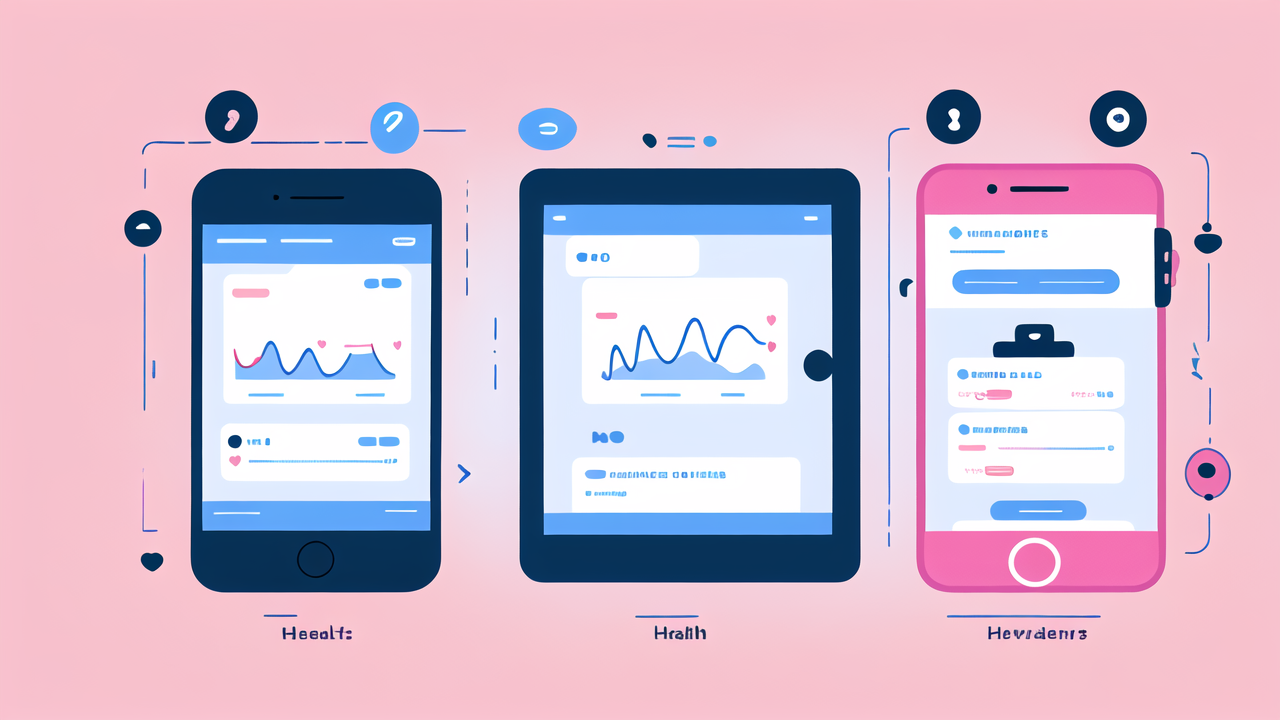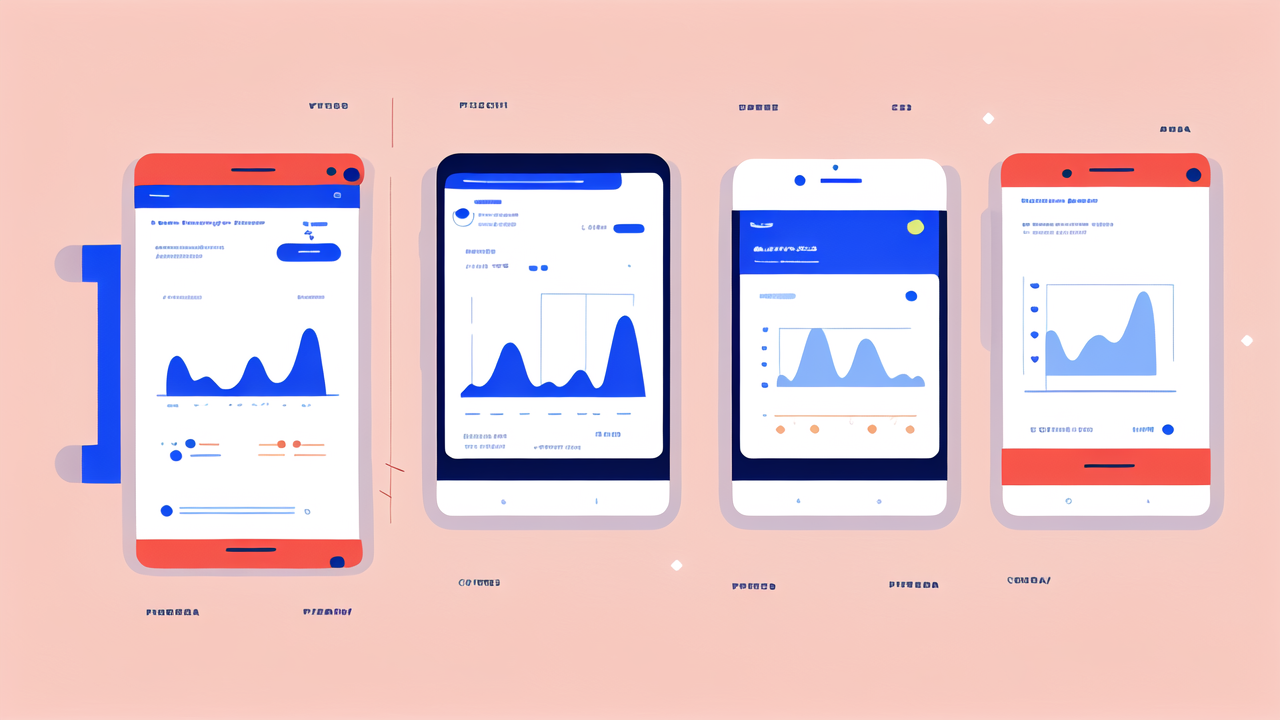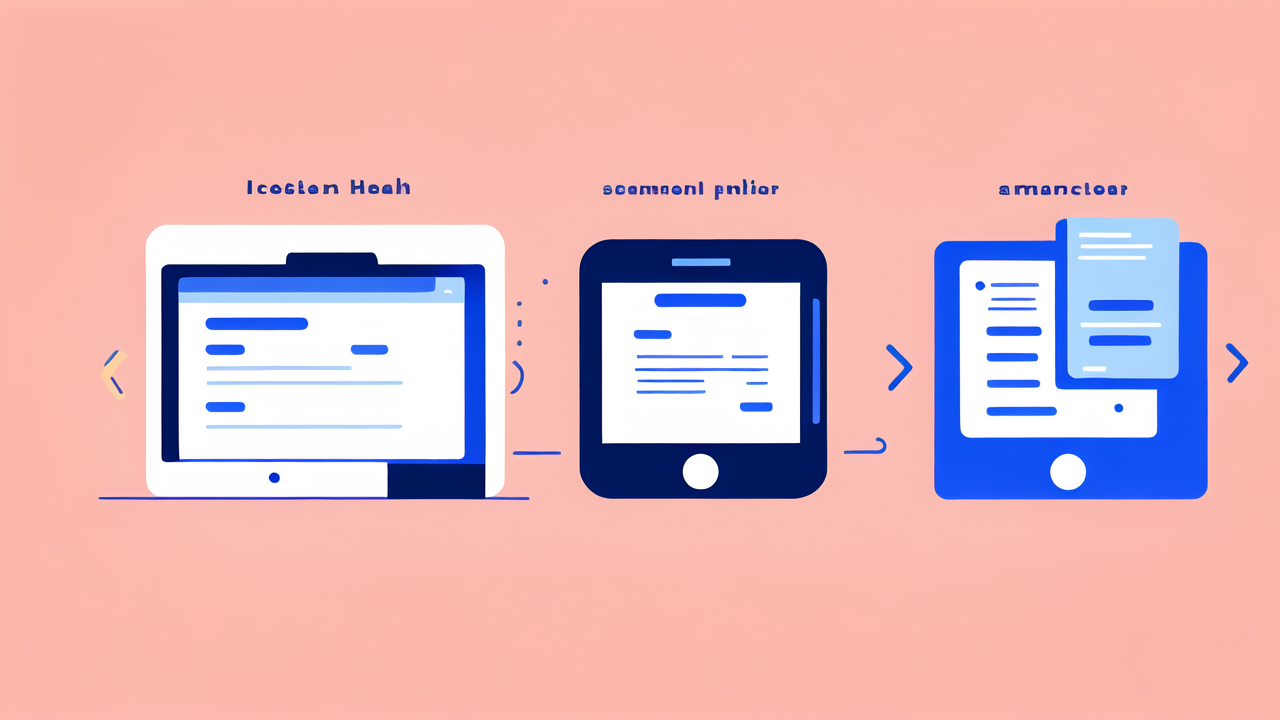The Emergence of Smart Watches in the Health Care Industry
A Look Back: The Beginnings of Wearable Technology
Wearable tech has come a long way since its humble beginnings. Early fitness trackers were simple step counters. They helped people track their daily activity levels. These basic devices paved the way for more advanced tech.

As technology improved, so did the capabilities of wearables. Heart rate monitors became common. GPS tracking was added to many devices. These features allowed for more detailed health tracking.
The real game-changer came with the rise of smartphones. They made it possible to create more powerful, connected wearables. This led to the birth of the modern smartwatch.
Innovations in Smartwatch Design for Health Monitoring
Smartwatches have evolved rapidly in recent years. They now pack a variety of health sensors into a small package. Many can measure heart rate, blood oxygen levels, and even take ECG readings.
Some watches can detect falls and call for help if needed. This feature is especially useful for older adults. Other innovations include stress monitoring and sleep tracking.
Designers have also focused on making smartwatches more comfortable to wear. Many are now water-resistant, allowing for 24/7 use. This enables continuous health monitoring.
Impact of Smart Watches on Patient Health and Outcomes
Smartwatches are changing how people manage their health. They provide real-time data that can help users make better lifestyle choices. For some, this has led to improved fitness and overall health.
These devices can also alert users to potential health issues. For example, they might detect an irregular heartbeat. This early warning can prompt users to seek medical attention sooner.
In some cases, smartwatches have even saved lives. They've alerted wearers to heart attacks or other emergencies. As the technology improves, their impact on health outcomes is likely to grow.
Advancements in Smartwatch Features and Capabilities
Integration of AI and Machine Learning in Health Monitoring
AI and machine learning are making smartwatches smarter. These technologies can analyze vast amounts of health data. They can spot patterns that might be missed by humans.

For example, AI can predict potential health issues based on a user's data. It might notice subtle changes in heart rate or sleep patterns. These could be early signs of a health problem.
Machine learning allows smartwatches to become more personalized over time. They can learn a user's normal patterns and alert them to any significant changes.
The Role of Wearable Sensors in Advanced Health Analytics
Wearable sensors are the key to advanced health analytics. They collect a wide range of data about the user's body. This includes heart rate, movement, and even skin temperature.
Some smartwatches now include sensors that can measure blood pressure. Others can detect atrial fibrillation, a common heart rhythm disorder. These sensors are becoming more accurate and reliable.
The data from these sensors can be analyzed to provide detailed health insights. This can help users and their doctors make more informed decisions about health care.
Interoperability and Data Sharing with Health Systems
Smartwatches are becoming more integrated with broader health systems. Many can now share data directly with electronic health records. This allows doctors to access real-time health data from their patients.
Some hospitals are using smartwatch data to monitor patients remotely. This can help reduce hospital readmissions and improve patient outcomes. It's especially useful for managing chronic conditions.
However, interoperability remains a challenge. Different devices and health systems don't always work well together. Efforts are underway to create standards for health data sharing.
Regulatory and Ethical Considerations in Health Monitoring
Navigating Health Data Privacy and Security Standards
As smartwatches collect more health data, privacy concerns grow. Many countries have strict laws about health data protection. Companies must ensure their devices comply with these regulations.

Data encryption is crucial for protecting sensitive health information. Many smartwatches now use advanced encryption methods. This helps prevent unauthorized access to user data.
Users also need to be aware of how their data is being used. Many companies provide detailed privacy policies. These explain how data is collected, stored, and shared.
Ethical Implications of Wearable Health Devices
The use of smartwatches for health monitoring raises ethical questions. There are concerns about data ownership and control. Who owns the health data collected by these devices?
There's also the issue of constant health monitoring. Some worry it could lead to anxiety or obsessive behavior. Others argue it empowers people to take control of their health.
Another concern is the potential for discrimination. Could employers or insurers use this data to make decisions? This could lead to unfair treatment based on health data.
The Future of Health Care: Regulatory Adaptation for Smart Watches
As smartwatches become more advanced, regulations will need to adapt. Many health agencies are working on new guidelines for these devices. They aim to ensure safety and effectiveness.
Some countries are creating new categories for health-related wearables. This allows for more specific regulations tailored to these devices. It also helps streamline the approval process for new features.
The future may see more collaboration between tech companies and health regulators. This could lead to faster innovation while maintaining high safety standards. It's an exciting time for the smartwatch industry and health care as a whole.




Leave a comment
This site is protected by hCaptcha and the hCaptcha Privacy Policy and Terms of Service apply.